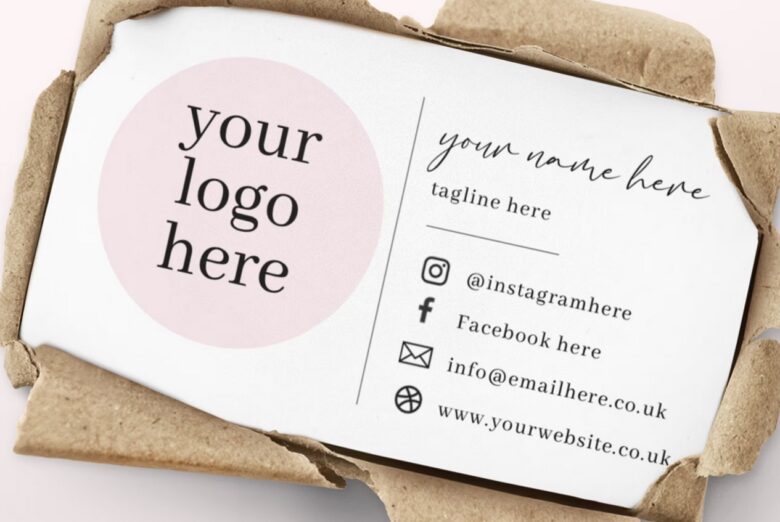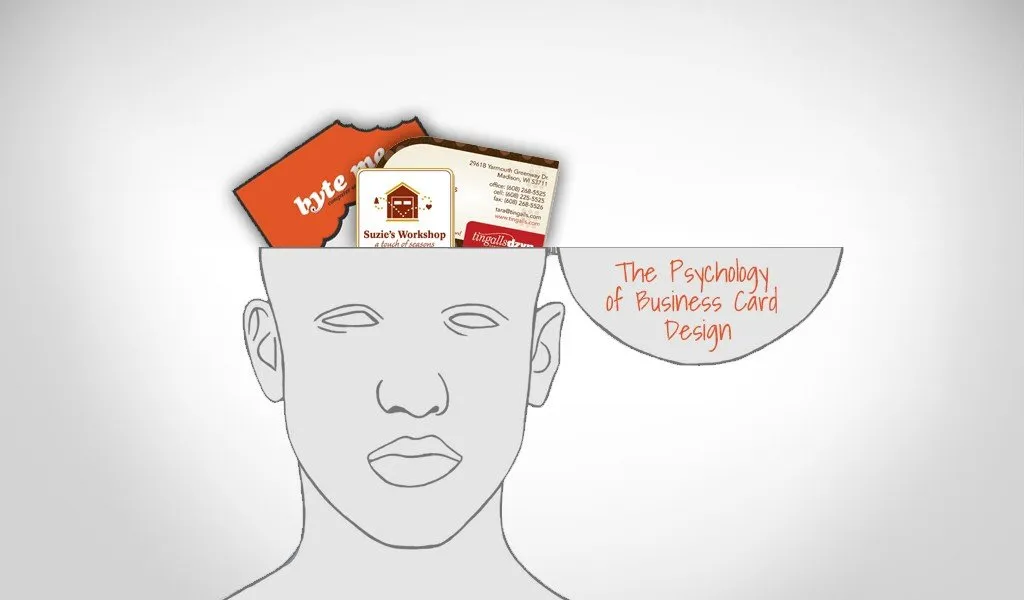In a world where digital communication reigns supreme, one traditional networking tool has managed to stand the test of time—the business card. For centuries, business cards have been a staple in the professional world, serving as a physical representation of one’s identity and brand. However, as technology continues to advance, the role of the business card is evolving. In this blog post, we will explore the evolution of business cards in the digital age and how they can remain relevant in an increasingly digital world.
Contents
The History of Business Cards
The history of business cards can be traced back to 17th-century Europe when they were first used as “visiting cards.” These cards served as a formal way to announce one’s arrival at a social gathering or the home of an acquaintance. Over time, they evolved into a means of communication within the business world.
Business cards have witnessed significant changes in their appearance and purpose over the centuries. From ornate calling cards to simple contact information, their design and content have adapted to the needs and customs of different eras.

Source: jukeboxprint.com
Business Cards in the Digital Age
1. The Rise of Digital Alternatives
In the age of smartphones and social media, digital alternatives to traditional business cards have gained prominence. Contact information can be effortlessly exchanged through email signatures, social networking apps, and QR codes. These digital methods offer convenience and efficiency, but do they render physical business cards obsolete?
2. The Resilience of Physical Business Cards
Despite the rise of digital alternatives, physical business cards continue to hold their ground. Why? Because they offer a tangible connection in an increasingly virtual world. Here are some reasons why physical business cards remain relevant:

Source: etsy.com
Staying Relevant with Innovative Designs
As the business card landscape changes, staying relevant requires embracing innovative designs and techniques. Let’s explore some of the ways you can make your business card stand out in the digital age.
1. Unique Materials and Finishes
The choice of materials and finishes can make a significant impact on the look and feel of your business card. Consider using unconventional materials such as:
- Metal: Metal business cards exude luxury and durability.
- Wood: Wooden business cards offer a natural and eco-friendly touch.
- Plastic: Plastic business cards provide a sleek and modern appearance.
- Eco-Friendly: Business cards made from recycled materials showcase your commitment to sustainability.
2. Creative Shapes and Sizes
To catch the eye and make a lasting impression, consider deviating from the standard rectangular shape. Explore options like:
- Die-Cut: Custom-cut shapes, such as circles or triangles, can make your card memorable.
- Folded: Folded business cards provide more space for information and creativity.
- Mini: Smaller-sized cards, known as “moo cards,” can be charming and convenient.
- Circular: Circular business cards defy convention and add a touch of creativity.
3. Technological Integration
Incorporating technology into your business card can bridge the gap between the physical and digital worlds. Some technological options include:
- QR Codes: QR codes provide instant access to websites, portfolios, and contact information.
- Near Field Communication (NFC): NFC-enabled cards allow for easy data exchange with a simple tap.
- Augmented Reality (AR): AR cards offer immersive and interactive experiences for recipients.
4. Sustainable Business Cards
In an era of environmental consciousness, sustainable business cards are gaining traction. These cards are made from recycled materials or biodegradable substances, appealing to eco-conscious consumers.

Source: japanprint.com
The Psychology of Business Card Design
Designing an effective business card goes beyond aesthetics—it involves understanding the psychology of design. Colours, typography, and layout choices can influence how recipients perceive your brand and message.
Tips for Designing an Impactful Business Card
Creating a business card that makes a lasting impression requires thoughtful design and execution. Here are some tips to ensure your business card stands out:
- Keep it Simple: Avoid clutter and focus on essential information.
- Choose Colours Wisely: Select colors that align with your brand and evoke the desired emotions.
- Typography Matters: Use legible fonts that reflect your brand’s personality.
- High-Quality Printing: Invest in professional printing for a polished look.
- Consider Texture: Textured finishes or embossing can add a tactile element.
- Add a Personal Touch: Handwritten notes or personalized messages can leave a memorable impact.
Conclusion
In the digital age, the business card is not disappearing; it’s evolving. It continues to serve as a tangible representation of your brand and a valuable networking tool. By embracing innovative materials, creative designs, and technology integration, you can create business cards that captivate recipients and leave a lasting impression.
As you navigate the ever-changing landscape of networking and personal branding, remember that your business card is a reflection of your professionalism and creativity. So, whether you’re attending a conference, meeting a potential client, or simply making new connections, don’t underestimate the power of a well-designed business card. It’s a small piece of your brand that can make a big impact in the digital age.
And if you’re looking to bring your innovative business card designs to life, consider partnering with HelloPrint, a trusted name in printing and design services. With their expertise and dedication to quality, you can ensure that your business cards make a memorable statement in the digital age.
